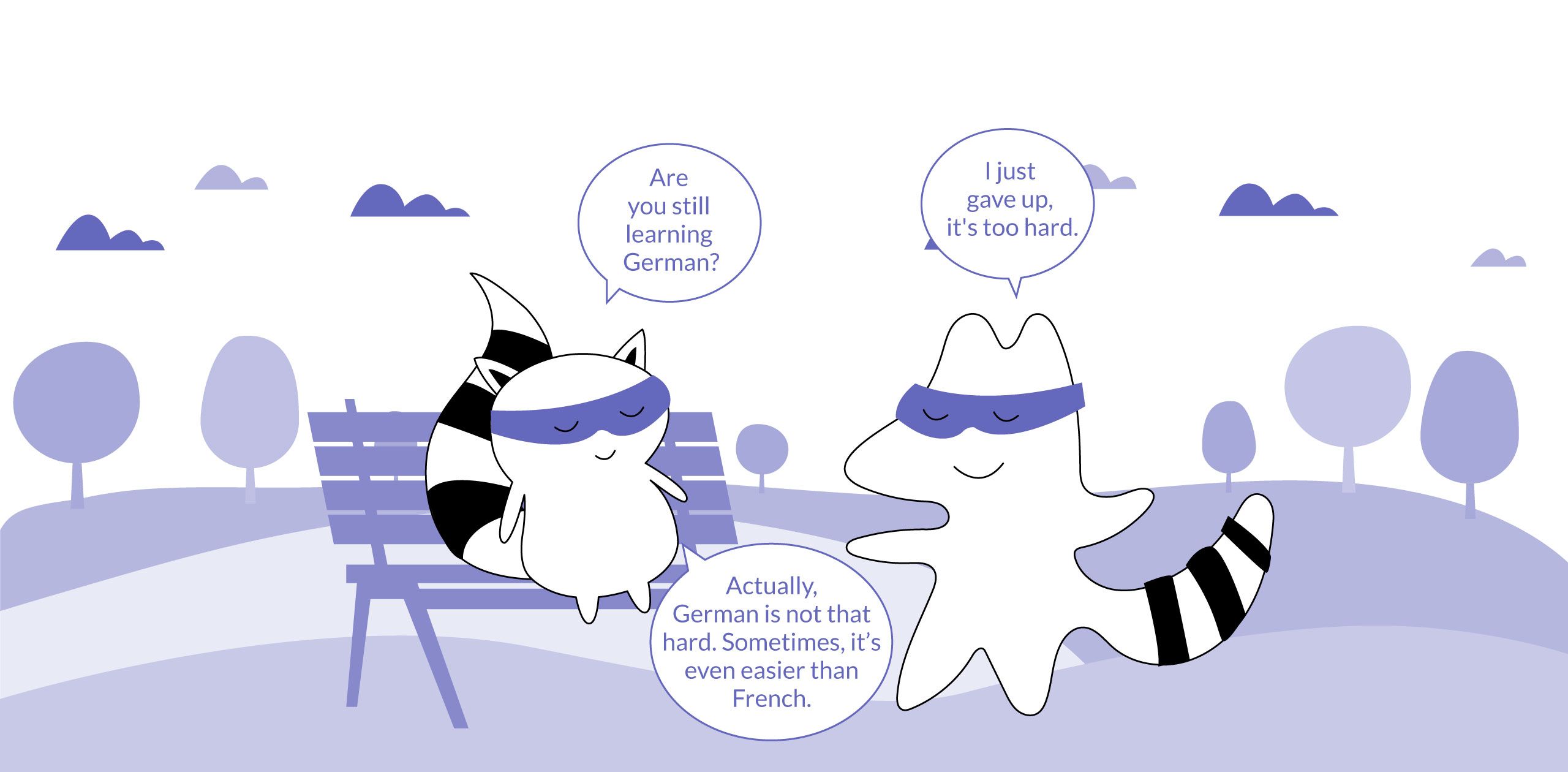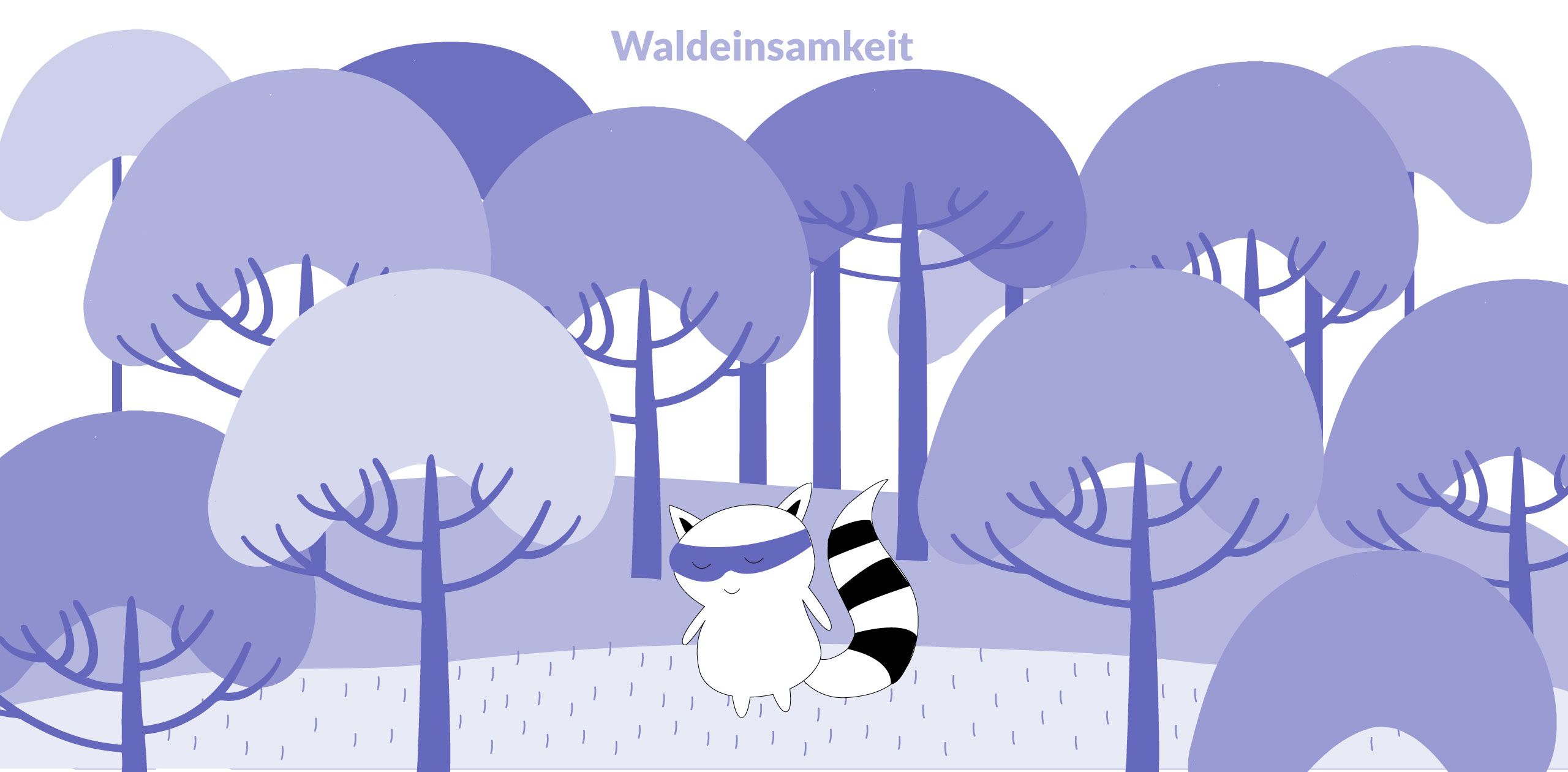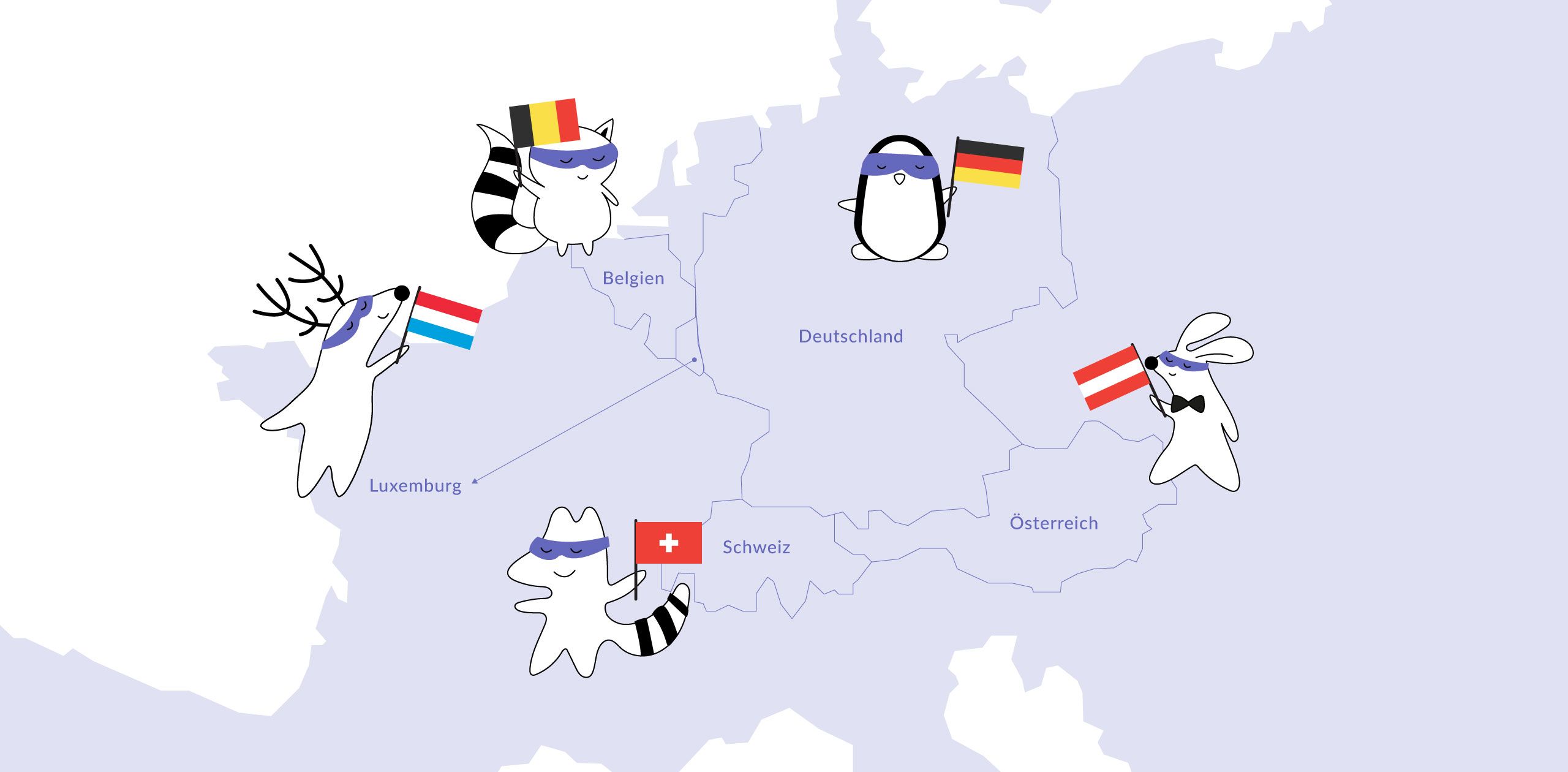
German is a language spoken by more than 100 million native speakers, and it has been ranked as the 6th most popular language in the world. German speakers are found around the world, with strong concentrations in Europe, Africa, and even Asia.
German accents vary greatly from place to place, but there are some general distinctions that can be made between different varieties, such as High German, Low German, as well as the Swiss, Bavarian, and Austrian dialects.
Knowing German dialects can help you understand regional dialects and variations in the spoken language. Additionally, being familiar with different German accents can make it easier for you to understand native German speakers when they are speaking in their natural accent.
This can be particularly helpful if you are planning on traveling to a German-speaking country or if you have business dealings in Germany.
So, are you ready now to learn more about German dialects? Read on and boost your German language listening skills.
1. High German (Standard German, or Hochdeutsch)
Germany is notoriously famous for its numerous regional dialects. All of those can be divided into two major categories: High German and Low German.
High German is spoken in central and southern Germany – the name Hochdeutsch comes from the southern highlands. When you’re starting to learn German, this is what you will hear.
This variety is spoken on TV and in schools, used by public officials and civil servants. Nevertheless, the rules of when to use Hochdeutsch are not established, so we can’t call High German a “proper” variation of the language.
This German accent is also characterized by a strong resemblance to English, as they have a common ground – which is why it is not really not that challenging for English speakers to start learning German.
2. Low German
Low German is spoken in the lowlands of northern Germany, as well as in Denmark, the Netherlands, and even parts of Poland. It includes northern vernacular dialects such as the Schleswig, Holsatian and Ostfriesian dialects.
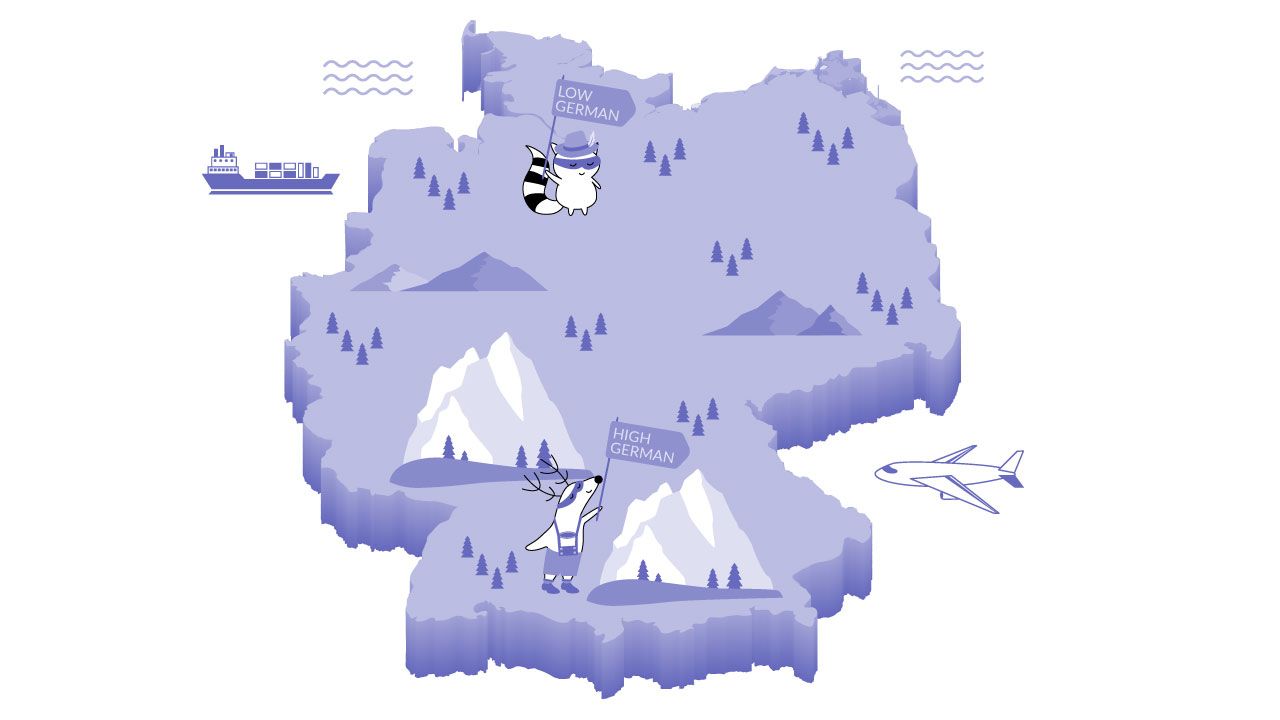
In terms of pronunciation, Low German has a lot in common with High German, and the written forms of these two are the same. Nevertheless, fewer and fewer people are using it, which is why Low German dialect is slowly starting to disappear.
A notable feature of Low German is its use of the consonant [t] instead of [s] or [ts]. This is because the consonant [s] and [ts] came into fashion between the 6th to 8th centuries – and while the High German started using [s] and [ts] (which sounds like a contemporary German [z]), in the Low German, pronunciation of this sound stayed the same.
Because of that, you will hear speakers in Northern Germany say /dat/, /wat/ and /Water/, like they did before the shift, speakers of High German would say /das/, /was/ and /Wasser/.
The shift also affected sounds [p] (which became [pf] or [f]) and [k] (which was changed to the fricative [ch]), but Low German was mostly unaffected by it. This is why you may hear /appel/ instead of /Apfel/, /schip/ instead of /Schiff/, and /ik/ instead of /ich/ when talking to someone from the North.
3. Swiss German
Swiss German is spoken by around 6 million people in Switzerland, and it is one of the country's four official languages. Swiss German is actually a group of dialects rather than a single language, and it is significantly different from Standard German.
The Swiss use Swiss Standard German mainly in written speech and public lectures. Swiss German dialects are used widely by all Swiss Germans.
One of the main features of Swiss German is that it uses a lot of French loanwords; for example, instead of saying "danke," a Swiss German would more often use the French “merci.” There are also separate Swiss German words that are not in standard German – for example, “schaffe” instead of “arbeite” (to work).
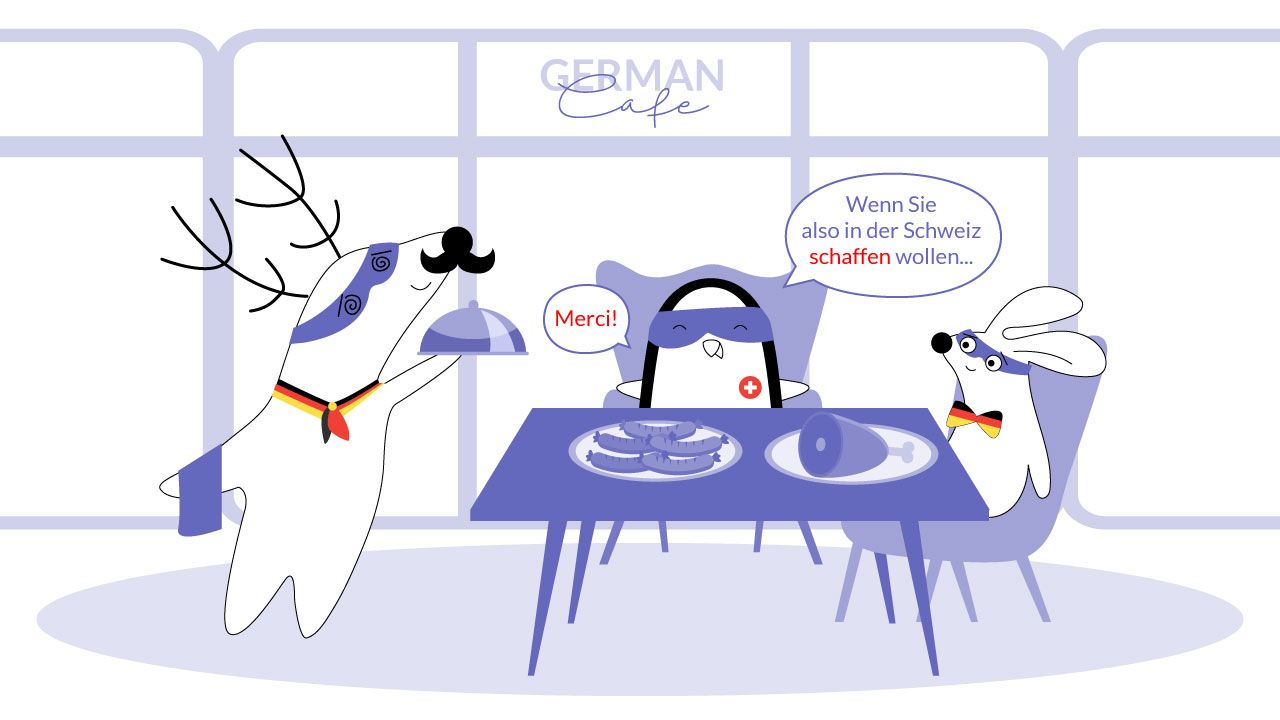
A notable feature of Swiss German is its use of the so-called "ch'' sound (pronounced like the "ch" in the Scottish word "loch"). For example, the word “Koch'' (chef) becomes /choch/, “kommen” (to come) – /cho/, “Kind” (kid) – /chind/, “kaufen” (to buy) – /chaufe/. The Swiss also tend to shorten the words, as you might have noticed.
The Swiss German accent is generally considered to be a little simpler than the Standard German as in the Swiss dialect, there are only two verb tenses: the past (perfect) and the present. The Swiss dialect also doesn’t have a genitive case.
Swiss German is clear and easy to understand. If you are planning to move to Switzerland, learning Swiss German could be a great base for diving deeper into the language.
Moreover, if you want to learn Swiss German but still be able to understand Standard German, consider watching Swiss TV. Most of them are using the standard variety of German, but speakers usually have Swiss accents, which should help you get used to the distinctive Swiss sounds.
4. Bavarian German
Bavarian German is a dialect of German that is spoken in Bavaria, a Southeastern state in Germany. It is very similar to Standard German in writing, but has many distinctive phonetic features that set it apart from other varieties of German.
Bavarian German is also known for its use of slang words and expressions. A few examples include "gschmarrer" (a quarrel), "i mog di net" (I don't like you), and "uffgejuckt" (fed up).
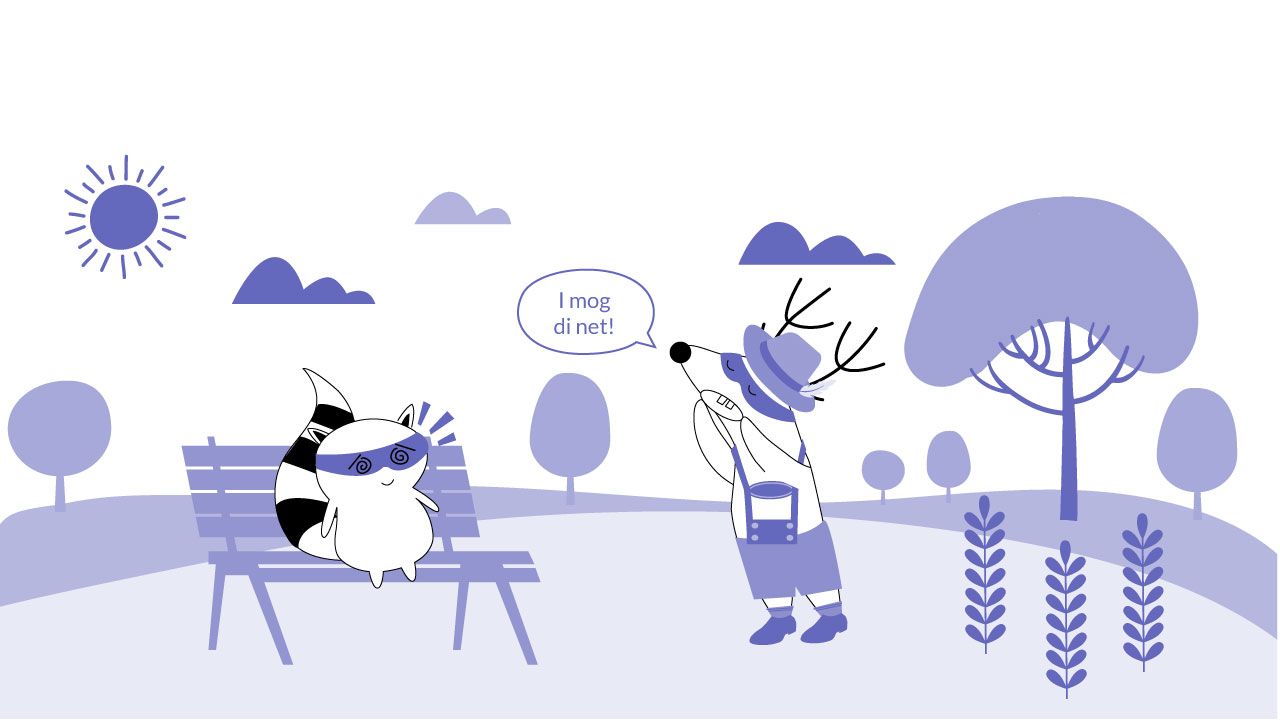
While Bavarian German can be written, most people who speak it use Hochdeutsch when writing. Because of that, in the Bavarian region, the Standard German has earned the nickname “Schriftdeutsch” or “written German.”
5. Austrian German
The Austrian German accent is mainly used in Austria, although it can also be heard in some parts of Germany.
The Austrian dialect has a unique vocabulary that is different from the standard German language, but the grammar rules are mostly the same. You can think of that in terms of the difference between American and British English – while people can say two different words for one thing (such as “chips” and “crisps”), they would still understand each other.
Some of the words that are specific to Austrian German include "Erdapfel" (potato, instead of the standard German “Kartoffel”), "Stiege" (stairs, instead of “Treppe”), and "Grüss Gott" (good afternoon/evening, instead of “Guten Tag/Abend”).
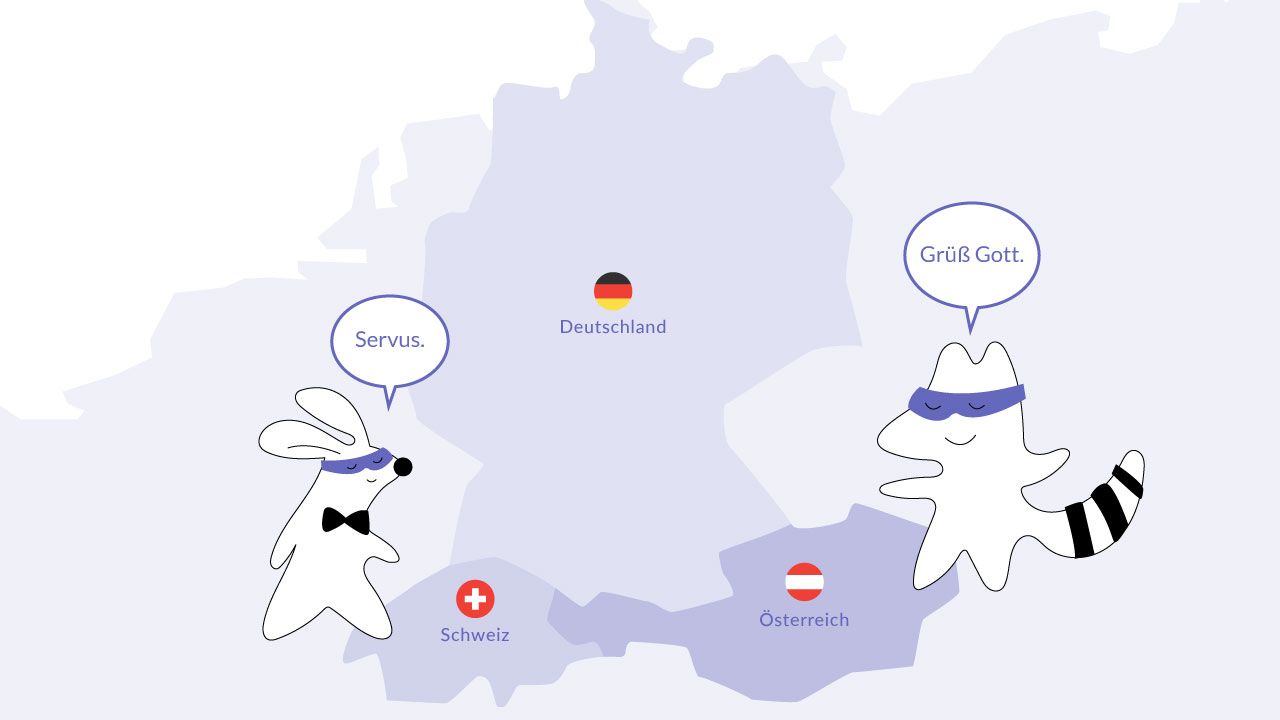
Final Thoughts
German is a language that has many different accents, each with their own unique features. While some of these accents (such as the Swiss Standard German) are very similar to standard German, others (like Bavarian and Austrian German) have phonetic features and vocabularies that are distinctly different from the standard dialect.
If you want to learn more about the German language – or if you're just looking for an excuse to travel – consider learning one of these five popular German accents. Not only will you get to experience the culture of Germany first-hand, but you'll also be able to understand native speakers better when they speak in their accent. We hope you found this article helpful in your travels.







